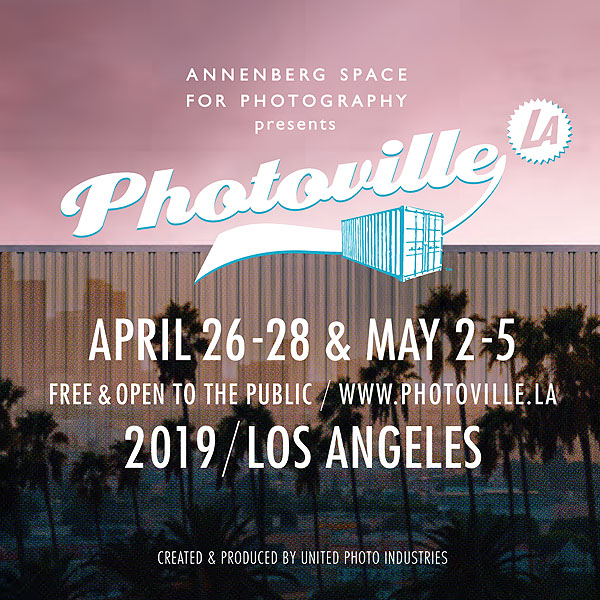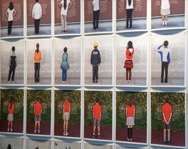 Marketing inspiration is more likely to be found in arts and literature than business books, classrooms and the mind-numbing “how to” listicles found on LinkedIn. And I say this as a marketing professor who opines on marketing in blogs and has contributed a few (but absolutely not mind-numbing) “how to” pieces for marketing publications and social media myself.
Marketing inspiration is more likely to be found in arts and literature than business books, classrooms and the mind-numbing “how to” listicles found on LinkedIn. And I say this as a marketing professor who opines on marketing in blogs and has contributed a few (but absolutely not mind-numbing) “how to” pieces for marketing publications and social media myself.
I am often pleasantly reminded of the nature of inspiration when I venture out to escape the seemingly non-stop pressures of business by immersing myself in a movie, live music, museum or some other artistic diversion. This past Sunday, I was invited by a friend to check out Photoville LA, a sprawling, outdoor exhibition installed brilliantly in repurposed shipping containers, photo cubes and lightboxes.
This is the first Los Angeles edition of Photoville, an annual photo festival founded seven years ago in New York City as “a physical platform for photographers of all stripes to come together and interact (in order to) provide a unique opportunity to engage with a diverse audience — a veritable cross-section of the world’s photographic community.”
The LA exhibit, framed by the tall office buildings of the Century City plaza, featured the work of over 50 photographers displaying a breathtaking range in styles. Some of my favorites included a mashup of young artists “reinterpreting” classic photos of old school hip hop artists by Janette Beckman, the haunting photos of the late Chris Hondros, covering war zones from around the world since the late 1990s, Soul R&B Funk Photographs from 1972-1982, East Side Stories, which put a human face to gang members in Los Angeles while in their homes and with their families, and Freedom of Expression: Art Instruction in California Prisons.
Inspiration struck early on when we took in The Fourth Grade Project by Judy Gelles, described on Photoville’s website as follows:
The mission of the Fourth Grade Project is to achieve greater empathy and understanding by documenting and sharing the hopes and fears of fourth graders around the world.
Fourth Graders from around the world answer three questions:
– Who do you live with?
– What do you wish for?
– What do you worry about?
The children all posed in the exact same way – their backs to the camera. A provocative choice the stimulated a great deal of discussion.

Looking at the photos and reading the intent and method of the project, I said, “I sure wish I had a job where I could travel the world to explore interesting issues, ask people provocative questions, meditate on their responses, draw conclusions and then write about it all.”
I quickly realized that this, of course, is precisely what I do for a living. I’ve been lucky enough to travel to almost every state in our country and exotic locations around the world to conduct qualitative research. Yet even with this rich experience, a career where I have met people from all walks of life and explored nearly every product and service category known to humankind, it struck me that the experience can be improved. It could still be far more rewarding for me while providing even better value for my clients.
The heart of the idea was simple and completely unoriginal, advice that I would freely give to a student, friend or client: Follow your passion.
It’s not that I don’t. I love what I do, but sometimes it’s difficult to rise above the daily grind to remind myself that this question of focusing on what I love to do should always be in the forefront of my mind.
So, standing in the middle of the exhibit, I thought to myself, “What kinds of projects make me the happiest? What challenges inspire me to reach down deep and do my best work?
I immediately thought of a project we did a few years ago dedicated to understanding what “friendship” meant to the target market of a particular brand. With one possible exception, I don’t think I’ve ever enjoyed the work so much or have been so proud of the results. It was fascinating in the way it transcended brand and product category to explore core human emotions and relationships. People opened up to us in profound ways. Several respondents cried during the sessions. Pairs of friends told said “I love you” to each other. The work not only succeeded in laying out a focused, highly proprietary strategy for our client. It was an absolute joy for me to talk about “big,” “important” life issues with respondents, connecting with them personally and learning from the experience.
The inspiration pointed me in an inevitable direction. While we can still take on other types of projects, why not focus on these important, high-stakes challenges that are steeped in emotion? That is, aligning brands with a key consumer value or need.
- What does self-esteem mean to customers of Banana Republic? How might dressing better and dressing up more often impact that self-esteem?
- What does “well-being” mean to someone signing up for health insurance? How can a health insurance company demonstrate how their plan will enhance these feelings better than any other company?
- What does “security” mean to someone shopping for a retirement plan? In addition to steady growth, how can a bank or financial services company talk about security in a unique, proprietary way?
We’ve done these kinds of projects, but clearly, not enough of them. Again, the first epiphany from my Photoville visit was that I should pitch what I really want to do.
The second epiphany was equally profound, arising directly from the stunning images I was looking at. What if all our “Friendship” work had been ethnographic rather than having been conducted in hotel suites and facilities? What if we had spent a day and/or an evening with our respondents and had captured it all with photographs?
Our “friendship story” would have been told even better.
When research presentations – even the best of them – are transformed into gripping narratives carrying the emotional weight of words and pictures of our “characters,” those efforts will have greater impact internally. When the brand team and the C-Suite feel the story on a gut level, it will be far easier to build consensus within the company and provide a solid strategic foundation for subsequent execution.
It will also be more effective externally with our consumers. We’ll take insights and photos from research and convert them into compelling social media campaigns. The very nature of the process – that we are capturing and then curating words and images of target consumers – ensures that this work will be fresh, organic and authentic.
And in a world where brands are always starved for new, quality content, we will have created a virtually stock photo library from images.
I’m very excited about this new initiative and can’t wait to start talking to my clients about it. The moral of the story? Read a novel. Watch a film. Listen to some live music. Hit a museum and look at great art. Get out there and get inspired.



